Putting your hand on your heart, it’s safe to say that almost every cyclist sooner or later wonders how fast he or she is riding his or her bike. Today we are going to talk about the speedometer for a bicycle, its varieties, features and ways of installation.
Cyclists used to use mechanical bicycle speedometers. Nowadays, they are used too, but they are not as common. They have been replaced by bicycle computers – compact devices that have many more useful functions.
Why do you need a speedometer?
Measuring speed indicators – not the only reason why you need to install a speedometer on a bicycle. Measuring the number of kilometers traveled is also necessary for timely maintenance. This is especially important for periodic lubrication of bicycle components and their replacement. We will not go into the description of professional bike meters that write GPS track, analyze altitude level, heart rate, time and other data for the training process. Today we will talk about the classic speedometers and modern modifications of this device, which are popular among ordinary cyclists.
What is a bicycle speedometer (bicycle computer)
A bicycle speedometer is a device that reflects the main parameters of the cyclist’s movement. As a rule, most models show the following indicators:
- the current speed of the bicycle;
- the average speed of the bicycle;
- the distance currently ridden;
- total distance;
- trip duration;
- cadence (pedal rate).
Virtually any bicycle speedometer displays the first five indicators, but only some models measure cadence. Proper pedaling technique is very important for healthy knee joints.
Varieties of
As mentioned earlier, mechanical speedometers used to measure speeds. Nowadays, modern devices with serious functionality are more popular. Speedometers for bicycles can be:
- mechanical;
- wireless;
- electronic.
Each variety has its own advantages and disadvantages. Moreover, depending on the model of the bike and the specifics of riding it, you should choose one or another type of measuring device.
Mechanical speedometer
Speedometers of the mechanical type are extremely rare. They have long been replaced by bicycle computers. Nevertheless, some cyclists still prefer vintage models, the design of which consists of the following elements:
- housing;
- cable;
- drive wheel.
Most often mechanical speedometers are installed on road models of bicycles. It is not recommended to install them on moutinbikes, as the device quickly fails if dust, dirt or sand gets in.
It is important to install the speedometer correctly. The tire of the wheel must fit tightly to the drive wheel. For this purpose, it is necessary to install it correctly. The contact should be as clean as possible. At the same time, the drive wheel must not be pressed against the tire: otherwise it may reduce the speed. It is also important to tension the cable correctly, without twisting it.
The mechanical speedometer has a number of significant disadvantages:
- It does not work with deformed wheels.
- Does not retain speed information.
- Incorrect installation leads to constant braking.
- The device quickly fails when sand, dust and other contaminants get into it.
- Mechanical speedometer needs timely lubrication.
Nevertheless, such models have a number and advantages that some cyclists appreciate:
- Reliable construction and affordability.
- Works without recharging or batteries.
This is not to say that the mechanical bicycle speedometer is a relic of the past. There are cases where such a device is much better than modern models and surpasses them in many ways.
Electronic speedometer
Represents a measuring device, which in addition to speed indicators displays other parameters, in particular:
- current time;
- time spent on the road;
- kilometrage;
- current speed;
- maximum and average speed;
- pressure level, etc.
The electronic speedometer consists of four main components:
- The main unit.
- A reed switch and a magnet.
- Cadence sensor.
- Wheel sensor.
Mounting the cadence sensor and reed sensor is carried out at a certain distance, which is specified in the instructions for a particular model of speedometer. After installing the device it is necessary to spin the wheel – the unit should display the data. If this does not happen, it means that the settings were made incorrectly.
Electronic speedometers can be wired and wireless. In fact, they differ only one point: for a wired one, it is necessary to run wires through the frame of the bike, while wireless uses a radio channel to transmit information. The disadvantages of electronic models come down to the following points:
- Requires timely replacement of batteries.
- The wires on an electronic device can become frayed, bent, or broken. Although this problem is solvable, but often causes a lot of inconvenience.
- The readings of the meter are a little delayed.
As for the positives, the electronic speedometers have very significant advantages:
- Democratic price.
- Availability and a wide range of models.
- The values are more accurate in comparison with the indicators of mechanical speedometers.
Modern models of electronic speedometers on a bicycle are able to display several indicators that may be useful on the road. For example, some models display the cyclist’s location, heart rate and blood pressure, show local time and maximum speed, total kilometers, etc. In addition, modern models can even show the level of humidity and ambient temperature. It is worth noting that in camping conditions this is really useful information.
Wireless speedometer
This is a modern multifunctional device that provides almost complete control over driving parameters. The display of the bicycle computer displays several parameters at once. In order to better navigate in them, it is necessary to get acquainted with their designation:
- SPD – current speed.
- AS (average speed) – average speed.
- ODO – total kilometrage.
- DST – “daily” mileage, reset immediately before the trip.
- RT – trip time.
- MAX – maximum speed.
Of course, even modern and versatile wireless speedometers have their advantages and disadvantages. Among the latter we can mention the lack of backlight and GPS in some models and a rather high price.
Nevertheless, the positives are much more: “weighty” functionality, saving data in the device memory, wireless data transmission and much more.
Step by step instructions for fixing
To properly fasten the speed meter, you need to know how the speedometer on a bicycle works. Installation of the bicycle computer consists of several steps:
- Installation of the mounting pad.
- Installation of the magnet and sensor.
- Placement of the wire.
Installing a wireless computer is much easier and faster. If you have disc brakes, it is better to put the sensor on the right side, if v-brake – on either side. You should fix the sensor on the fork or the proposed mount (most often a rubber band). Opposite to it, at a distance of a few millimeters, you should place a magnet on a spoke. All you have to do is to turn the wheel: if the display shows the speed, everything is fine. If not – you need to move the magnet on the spoke so that the distance between it and the sensor was minimal.
Conclusion
Analog speedometer for a bicycle – a convenient and multifunctional device that allows you to get important information as you ride. Choosing a particular model, you should give preference to proven and well-established manufacturers. At the very least, you can use tracking applications for your cell phone.

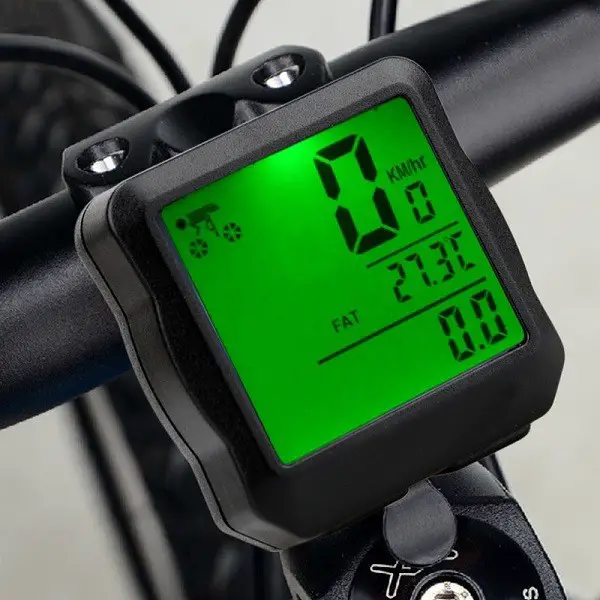
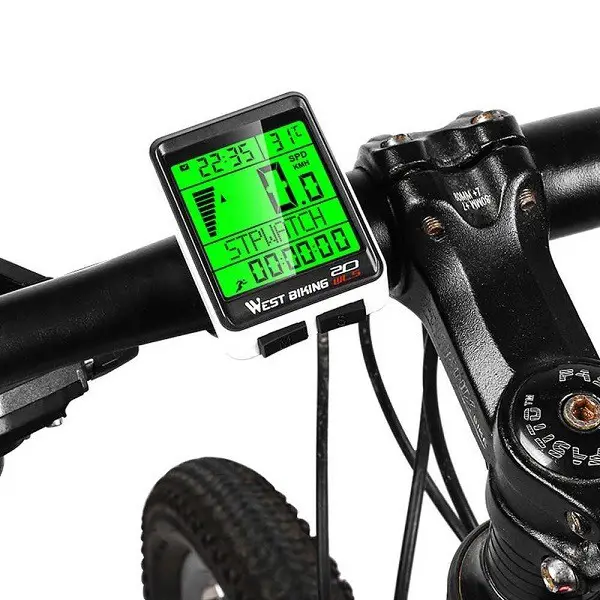
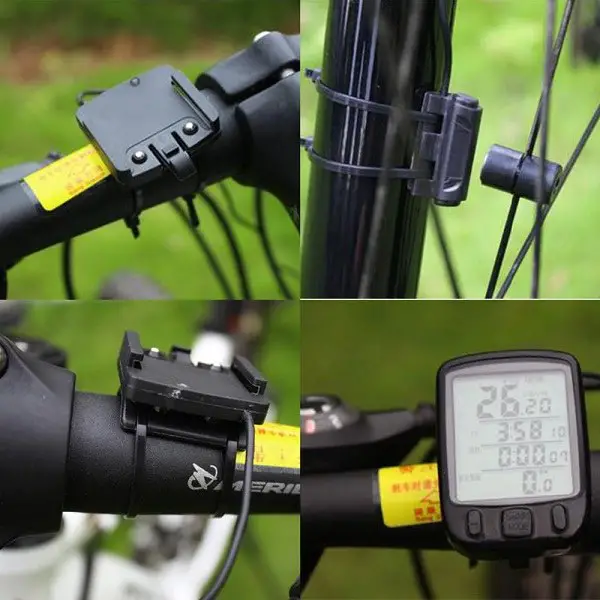

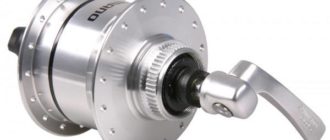
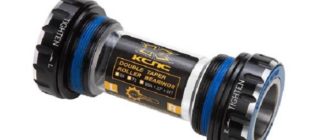
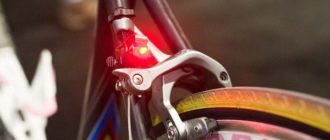


I bought a speedometer to control the speed, and to know what time to lubricate the nodes of the bike. I have a wireless speedometer, I can see all the parameters on the display.
I like the wireless speedometer, at first it seemed that the thing is not particularly necessary, but for the sake of interest set, with time I realized that the speedometer is a very useful device for a bicycle, you can even control your riding pace.
I have an analog speedometer, reliable and of high quality. It’s convenient, you can see all the parameters. I know all the information I’m interested in. It is more interesting to walk with it. It’s not expensive, I installed it myself.
For a long time I thought about buying a speedometer for my bike. I bought it in order to know how many kilometers I rode, to meet the minimum norm of mobility for the day. To make my sporting life comfortable and free.
I have an analog speedometer. It’s just that I used to do it more professionally, so if I drive it now, in principle, it reflects useful information on it.
It would be ideal if there were at least a few models listed. I personally do not feel comfortable riding without a speedometer, as I’m used to keeping track of all the information. From inexpensive models, I recommend the usual wired Kellys Ride or ECHOWELL U4. I have CUBE Bike Computer RACE PEAK. I bought it because it has waterproof, backlight and wireless. For sure my top models are Garmin, Sigma, and Polar, but they cost more than 20 thousand rubles.
Great post! For anyone who rides a bicycle, having a speedometer is essential in order to keep track of your progress and stay safe. It’s so useful to have an easy-to-understand guide that explains how it works and what it’s for — thank you for sharing this information!
This is an informative and helpful article! I’m interested to learn more about how a bike speedometer works. It’s great to know that it can help measure your progress while biking and provide you with useful data such as average speed, distance covered, and total time of the trip. Thanks for the helpful information!
This is an interesting and informative post about bicycle speedometers. I had no idea what they were for or how they worked, but now i understand the purpose of this useful device. Thanks for shedding some light on this topic!